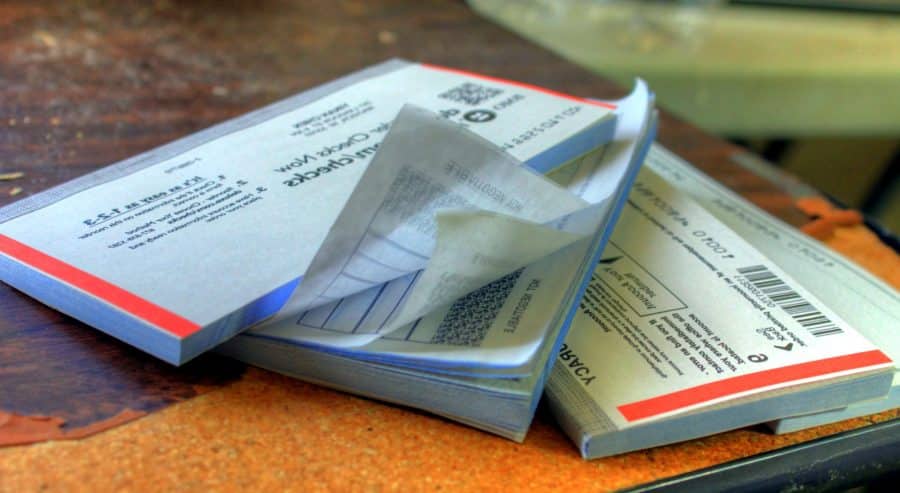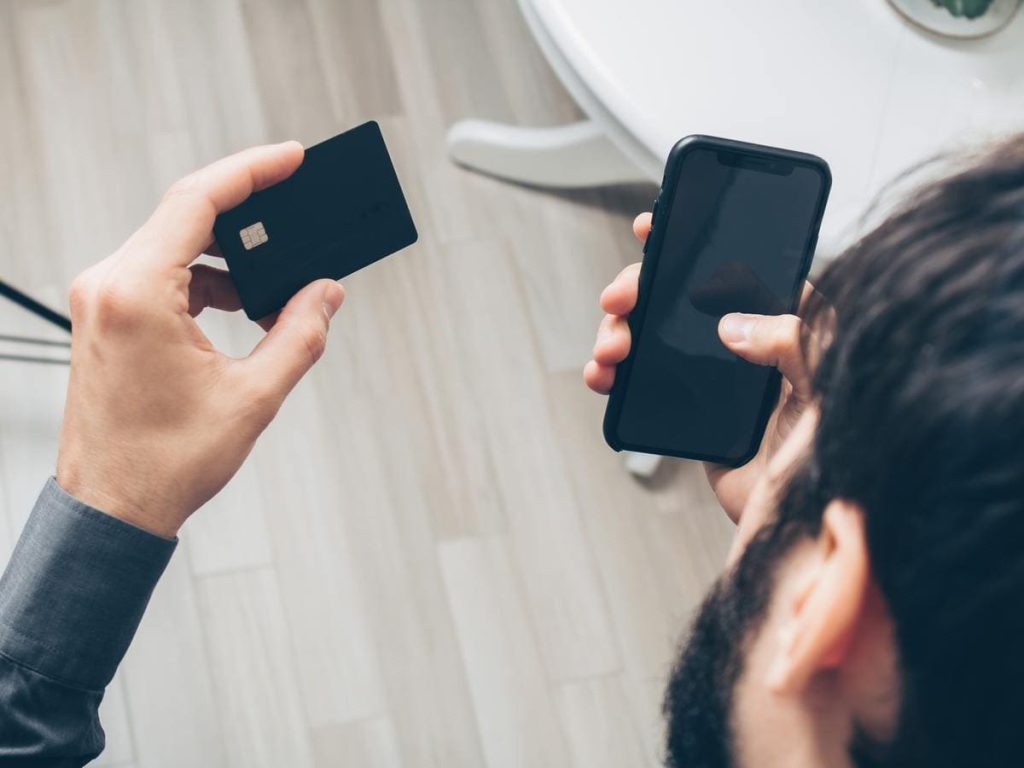Even if it tends to disappear, the check book continues to be used to pay for purchases in stores. This is a book made up of several checks. This method of payment has both advantages and disadvantages. We tell you everything about the wallet checkbook: the sizes available and the procedure to follow to order a checkbook from your bank.
Summary
Formats and types of checkbook
Classic checkbook
The classic checkbook is The most common. It connects all of the checks on the left. This format has a considerable advantage. When it no longer contains a check, storing the stub takes up little space (8 X 4 cm).
To note : this type of checkbook is not very suitable for left-handed people. Indeed, they may have difficulty folding or filling it. Left-handers will rather turn to the checkbook in the wallet.
wallet checkbook
In a wallet checkbook, the checks are connected by a stub at the top. Shorter than a classic check book, this format is also less bulky. However, it is 2 cm wider.
Suitable for both right-handed and left-handed people, this format also has a considerable advantage. Indeed, it can be stored in a classic wallet or a checkbook holder, with your other means of payment. However, this format is less practical when you do not have a handbag. In an inside jacket pocket, it is better to favor the classic checkbook.
Correspondence checkbook
The correspondence checkbook somewhat mixes the two previous versions. This format has a double slip. Indeed, it has both a heel on the left, and another located at the top.
Note that the correspondence checkbook is only issued to professionals, mainly to traders, and not to individuals. The stub on the left allows you to note the classic information (amount, date of issue, beneficiary) and the top one corresponds to a simple strip.
Generally, this model contains up to 60 checks while the other models are limited to a maximum of 30 titles. And it is more imposing than the other two formats because of its double slip. Furthermore, it is only of interest to entrepreneurs who wish to pay their suppliers by check.
Use a checkbook: benefits
Why still use the checkbook when you can pay for your purchases in cash, bank card, contactless payment, with your smartphone, in bitcoin…
Admittedly, the checkbook appears as an outdated means of payment, but it offers several advantages.
First, it is a payment method that allows you to track expenses effectively. By checking your account statements with your stubs, you can better manage your budget.
Then bank checks remain accepted in many shops, and even in online stores. Generally, an ID must be presented at the time of payment.
Also note that some businesses require payment by check. Among them, the school canteen, the driving school… It is better to have this mode of payment to be able to benefit from these services.
On the other hand, paying by check allows do not carry cash. Traveling with too much money on you can be risky (loss, theft, etc.). And you don’t clutter your pockets.
The checkbook also presents the advantage of being free both when obtaining it in a bank and when using it to carry out a transaction.
Finally, the checkbook contains one or more RIBs, which makes it possible to have the document in case of need. When an organization asks you for it, you can provide it immediately, without asking your bank.
The inconvenients
When paying for purchases by cheque, it is important to pay attention to the balance account to avoid bank accidents (insufficient funds). By making your purchases with this means of payment, you risk more bank charges, agios, and in the worst case, a FICP file at the Banque de France. Indeed, it is difficult to predict when the merchant will cash your check. Therefore, your bank account must always be supplied.
On the other hand, paying by check is not not the fastest payment method. Some businesses, especially supermarkets, have check filling machines. But, this is not the case everywhere.
You should also know that the use of the check is not possible abroad. Indeed, its use does not conform to the practices of other countries due to the language barrier or excessive collection costs. And merchants will not take the risk of accepting your payment, for fear of facing an NSF cheque. Outside the euro zone, there is also the problem of the currency which arises.
How to renew a check book?
To renew a checkbook, the steps are very simple. Simply order it from your bank, specifying the desired format. You then receive it at your home or at your agency, depending on your choice. To avoid finding yourself helpless and being forced to pay by card or cash, anticipate your request.
On the other hand, some banks have an automatic renewal system. As soon as the establishment receives a disbursement request for your last check, an order is issued.
Precautions for use and conservation of the checkbook
Whatever checkbook format you have opted for, you should follow a few precautions for using and storing the means of payment:
- always limit the number of checkbooks in your possession to reduce the risk of loss or theft;
- in the same way, be sure to keep your checkbooks in a safe place. If you have several notebooks, do not keep them in one place. And never bundle them with your ID;
- never leave your checkbook lying around in the car, even if it is locked;
- if possible, ask your bank branch to send you the checkbooks by registered letter. In case of late receipt, contact your bank without delay;
- never sign a blank check in advance. In the event of loss or theft, your account may be debited with a large sum;
- in the event of loss or theft of your check book or one of your cheques, make an opposition as soon as possible with your bank.




